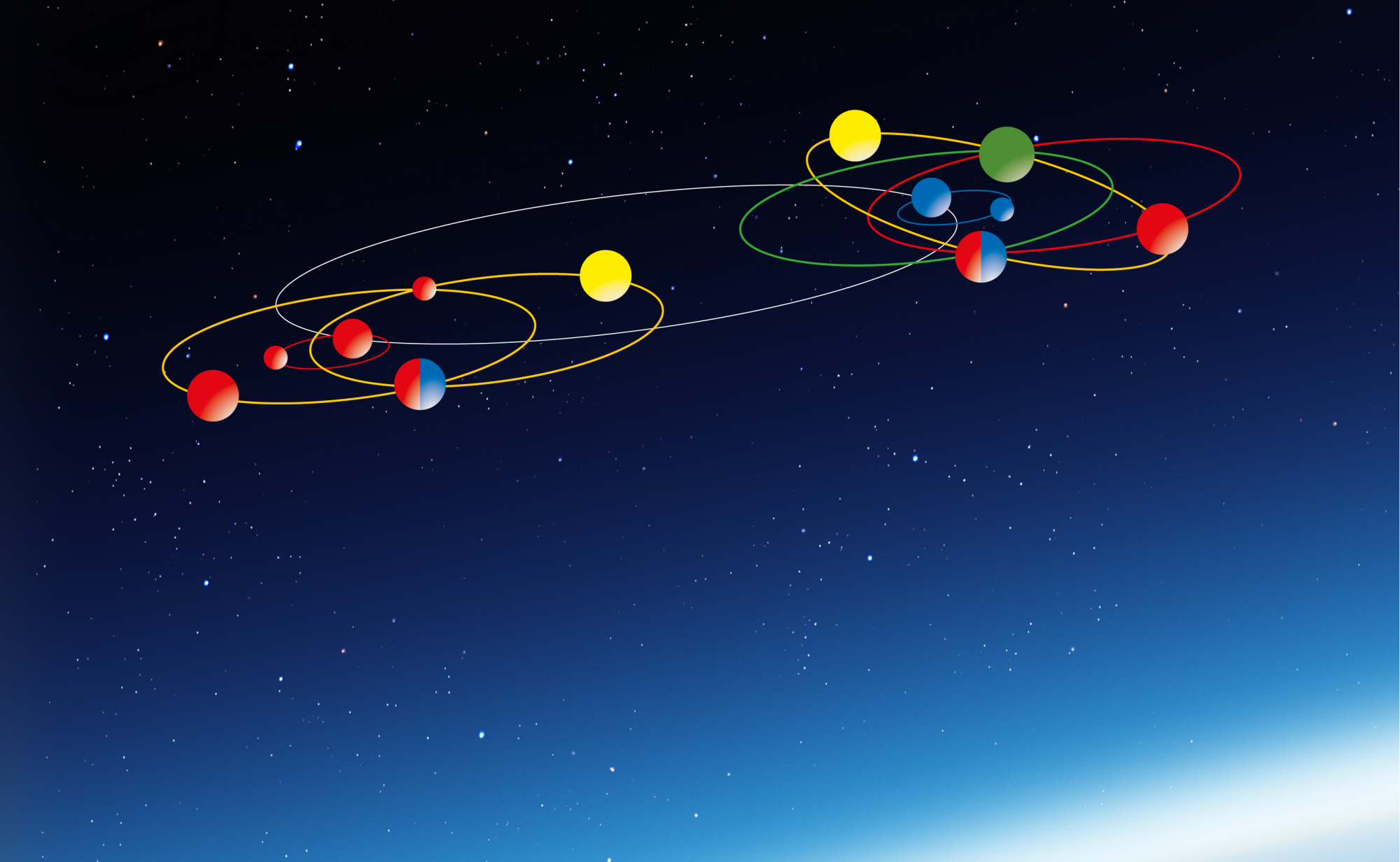Nouns appear before verbs, adjectives and adverbs. To justify the primacy of the nomination, we rely primarily on Reboul (2007), Werning (2010), Fitch (2010) and François (2017). Werning’s (2010) hypothesis is that concrete nouns (which he calls concepts from a semantic point of view), ontogenesis and probably phylogenesis originated earlier than in the case of all other word categories. In addition, he considers them to be semantically more complex and their neural realization to be more widespread in the cortex compared to all other word classes (ibid.). Werning illustrates this using as an example the concept “water”, which has various perceptual (cf. [transparent] = visual, [liquid] = tactile, [tasteless] = gustative perception, etc.) and situational components ([drinkable] = motor activation). Attributive or dimensional concepts, on the other hand, appear more simply structured and usually address only one perceptual component, cf. blue, which only stimulates visual perception [color]. In native language acquisition, too, the learning of nominal concepts takes place earlier than that of attributes (Ingram, 1989; Bloom, 2000) or verbs (Barrett, 1995; Barrett & Kurzban, 2006). In contrast to the universal omnipresence of nouns (Mithun, 2000; Martin 2007), some languages even manage completely without or only with a very limited number of adjectives (Dixon, 1999). The existing adjectives are mostly derived from nouns or verbs (Givon, 1970). Many adverbs can also be traced back to a synthesis of nouns and adjectives, cf. lat. clara (Adj.) mente (N) > sp. claramente (Adv.).
For Reboul (2007), this classificatory hierarchy is based on the necessity to linguistically code the perception of concrete and stable concepts first (e.g. people, animals and things) and then to look for linguistic options to represent static or dynamic situations (e.g.. states, events, actions) (Reboul, 2007; François, 2017). Taking these findings into account, nouns are, in the Visual Grammar, referred to as “concepts”, verbs as “situations”, adjectives as “conceptual dimensions” and adverbs as “situational context”:

One advantage of this reclassification lies, for example, in the possibility to ascribe infinitives either to the group of concepts (N) or situations (V) in a flexible way, cf. fig. , depending on the corresponding function (represented by the different colors of the orbits) in the statement:


